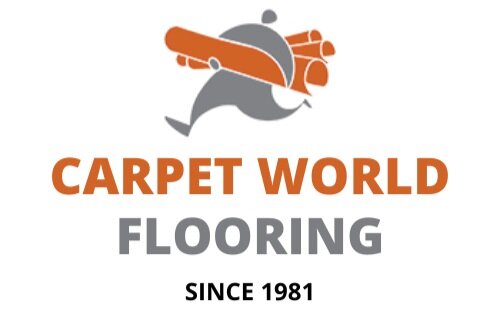Installing laminate, engineered wood or vinyl flooring on top of solid wood flooring is not ideal and a much better solution (if your budget allows for it) is to remove the solid wood floors and prepare the crawl space and base for new flooring.
The biggest concern with a crawl space is the moisture that accumulates in these areas which can wreak all forms of havoc with your new flooring. The biggest part of the preparation will be to try to eliminate the risk of moisture damage. Depending on which method you use it will also be necessary to make sure that the structure you will be installing the new floor on is sound.
There are two methods that can be considered. One: Repair and prepare the crawl space for new flooring. Two: Fill the crawl space.
METHOD ONE – REPAIR AND PREPARE AN EXISTING CRAWL SPACE FOR NEW FLOORING.
STEP ONE
Remove the old solid wood floor planks and check all the beams and joists for termites and dry rot. Make sure that they are solid, secure and in good enough shape to support the new flooring. Replace any joists that show signs of ageing with treated pine joists. Make absolutely sure there aren’t any signs of termites in the wood that remains.
STEP TWO
Lay a sheet of 200/250-micron SABS virgin plastic on the soil and around the brick plinths. Then lay a second sheet well overlapped and deep looped over the joists, coming up the inside walls. Lastly, lay a third sheet of plastic shallow looped over the joists and up the inside walls.
STEP THREE
Screw down 18mm plywood onto the joists making sure the ends of the plywood end on a joist. Leave a 5mm gap around each board.
STEP FOUR
Now lay yet another sheet of 200/250 micron SABS virgin plastic over the plywood and top that with a 3mm polythene foam sound cushioning barrier.
You now have a solid base to install your new floor on.
METHOD TWO – FILL THE CRAWL SPACE
This method would require a builder to fill up the crawl space and have it compacted. A sheet of SABS 200/250mm micron virgin plastic must then be thrown over the fill and well overlap the joints.
A slab can then be thrown and can be floated and screeded if necessary. When all is tested dry, you’re ready to install your new flooring.
Both of these methods will be costly but if you absolutely want to play it safe, can afford it and have the time and space available for a project like this to take place at your home, this is the way to do it.
